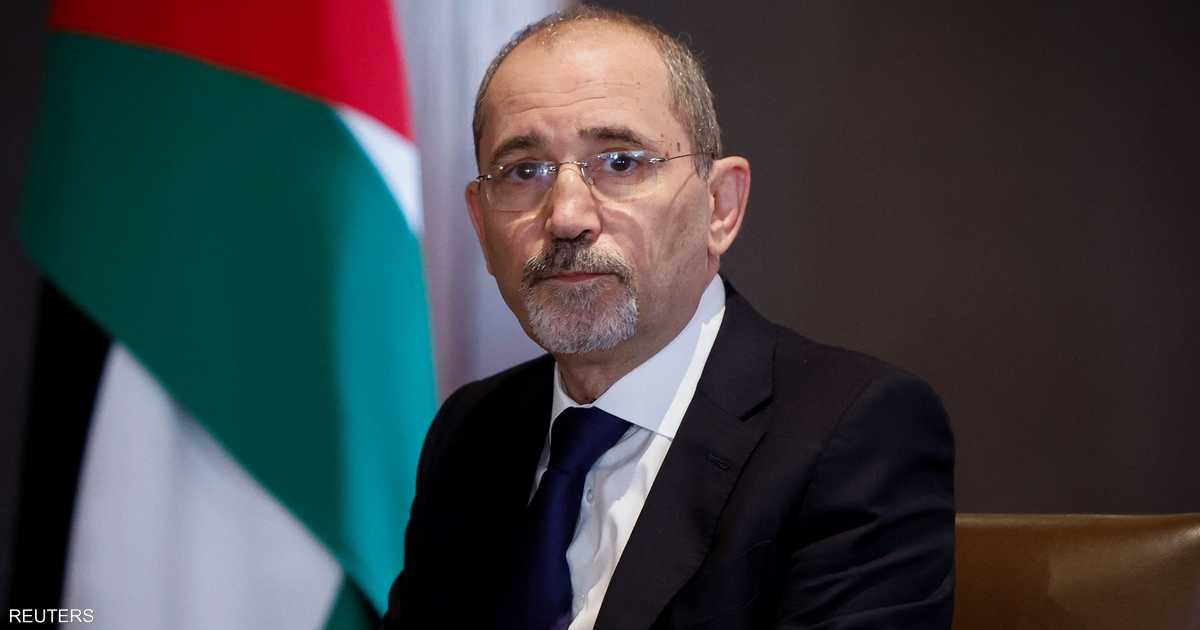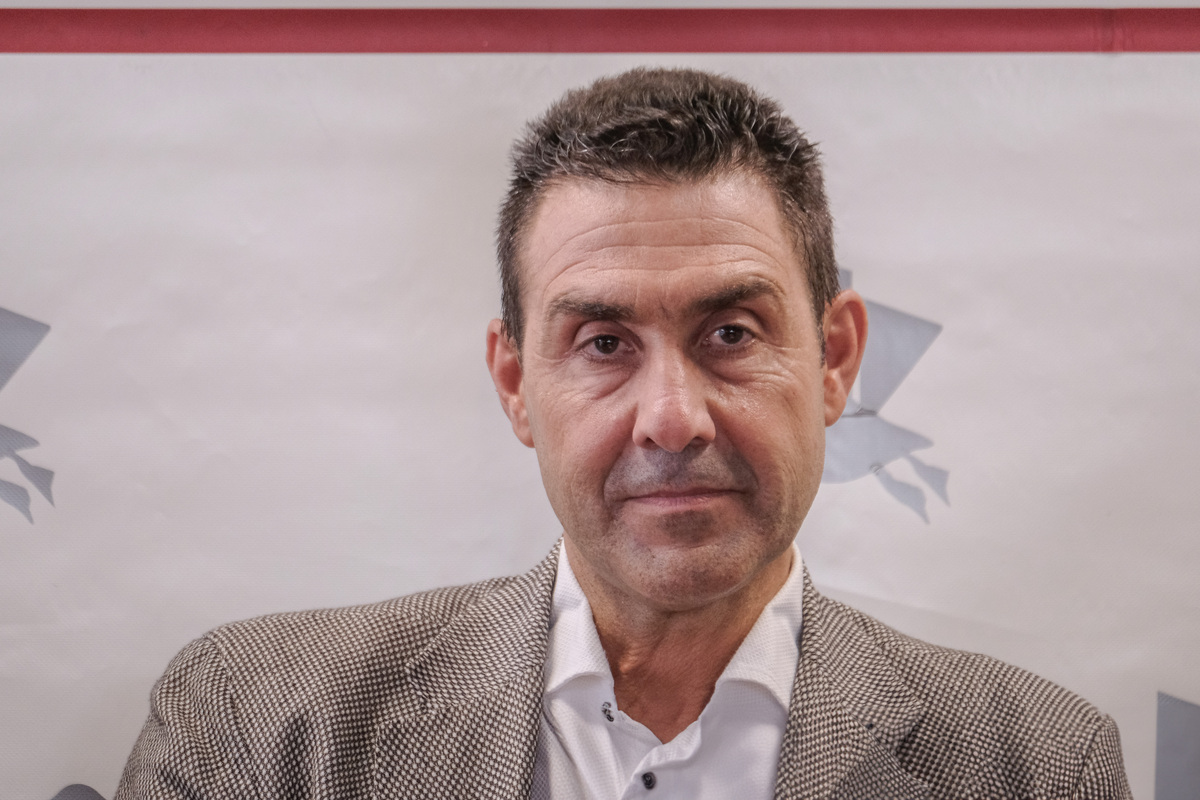According to Markku Mäkijärvi, from the perspective of Hus’ healthcare, people are already beginning to be in exceptional circumstances. Turku and Oulu do not yet see the need for a stand-by law, but it is understood that preparations for its introduction will be made.
Government is preparing a state of emergency and a stand-by law to safeguard health care resources in the worsening coronavirus situation.
HS: n according to the information the government’s coroner’s ministerial working group will discuss the matter possibly later this week or next week.
The government would prepare to introduce at least sections 86 and 88 of the Contingency Act, if necessary.
Under section 86, the Ministry of Social Affairs and Health and regional government agencies could order municipal and private providers of social and health services to make extensive changes to their operations.
Article 88 allows municipalities the right to deviate from the deadlines for non-emergency health care, the care guarantee, if it is necessary to provide emergency care.
HS asked three hospital districts and a private SOTE actor, is the emergency law the only way to secure health care resources?
“At least in Uusimaa, the point is approaching that the means available regionally to contain the pandemic are beginning to be used. In that sense, yes, ”says Acting Actors of the Helsinki and Uusimaa Hospital District (Hus). managing director Markku Mäkijärvi.
“So far, things have gone well, but infections and patient numbers are going up all the time. If those curves do not change direction, within a couple of weeks, your own lunch will begin to be eaten. Then, at least from a health care perspective, we are in exceptional circumstances. ”
Nurses caring for coronary patients at the corona ward of Tampere University Hospital in January 2021.
In Finland there are currently about 700 coronary patients in hospital and about 60 coronary patients in intensive care.
Mäkijärvi points out that more than half of the 700 coronary patients are in Uusimaa. According to him, the situation in Hus is exceptional and the development prospects are worrying. In the opinion of Mäkijärvi, the possibilities provided by section 88 on care guarantees in particular would be necessary.
The first wave of the corona pandemic in the spring of 2020 was successfully treated by pausing emergency treatment under the Emergency Preparedness Act, says Mäkijärvi. Thus, patient places and staff for coronary patients were freed up.
“Now the opposite is true. We have a hospital full of other patients. Corona patients have not received any additional resources, but have been taken from the resources of other patients. The average shortage of personnel is 15–20 per cent, when the absence rate is normally less than 10 per cent, ”says Mäkijärvi.
“If there is still a significant flood of patients in this situation, we will be in trouble. That is, in practice, for strong prioritization of care. Then the emergency and emergency patients are treated, the others wait. ”
“
“We have a hospital full of other patients.”
Acting Actors of Helsinki and Uusimaa Hospital District (Hus) CEO Markku Mäkijärvi
Southwest Finland Chief Medical Officer of the Hospital District Mikko Pietilä says that from the point of view of Southwest Finland, it is not necessary to introduce an emergency law at the moment.
“I think it’s justified to prepare, but I don’t see a need for deployment right now,” he says.
According to Pietilä, before using the emergency law, all other means should be used to control the epidemic.
“I would see even broader restrictive measures justified at the time. If they are not enough and the overrun of healthcare capacity seems to be realized, then the emergency law could also be used, ”says Pietilä.
According to him, additional restrictive measures could include restricting the number of passengers on public transport, the complete closure of restaurants and, ultimately, restricting the activities of children and young people, as well as distance school. If society went into a large confinement, during that time resources should be transferred to vaccination activities, Pietilä says.
Mikko Pietilä, Chief Physician of the Hospital District of Southwest Finland
Provided Despite these, there would still be a need for an emergency law, according to Mikko Pietilä, the first of the articles of the emergency law should be the abolition of the care guarantee. It would allow for large-scale staff redeployment within healthcare organizations.
Instead, he sees recourse to articles to remove overtime limits or cancel vacations from health care workers who are already overburdened as a last resort.
“I understand that the emergency law can be in the range of means. But right now, I don’t see a need for deployment in our area, and the threshold should be such that it’s universally acceptable, ”he says.
Northern Ostrobothnia in the hospital district, the coronary load in the hospital was high in December, but now the situation has eased somewhat.
Terhi Nevala, Chief Physician of the Northern Ostrobothnia Hospital District
“At the moment, we’re doing well,” says vs. the chief medical officer Terhi Nevala.
“The illness of the staff is not yet visible to the same extent as in many other areas. We are currently preparing for the coming weeks, because we understand that the sharp rise in infection rates in Southern Finland will come to our region as well. ”
According to Nevala, from the perspective of Northern Ostrobothnia, there is currently no need for an emergency law, but he understands that it is good to prepare for all scenarios.
“Yes, everyone probably thinks that coercion would be the last resort. Everything else is tried before that, ”he says.
Private health service company Mehiläinen briefly commented on the possibility of the emergency law by e-mail.
Medical Director Kaisla Lahdensuo from Mehiläinen
“We do not want to anticipate the possible introduction of an emergency law or its effects on our part. We have worked closely with the authorities and municipalities throughout the pandemic. This dialogue is ongoing, and we have supported the production of public services in many ways, including through testing and vaccinations, ”writes Mehiläinen’s Medical Director. Kaisla Lahdensuo.
“Other ways to secure resources include closer co-operation between different sectors, such as resolving care debt, good and safe working conditions for social security professionals, and good orientation.”
Why health care capacity is now being tested?
Mikko Pietilä points out that there has not been a significant amount of extra power in Finland’s intensive care capacity, but the capacity has been sufficient under normal conditions. Now that a quarter of the capacity goes to treat coronary patients, there is no more room for maneuver.
Pietilä reminds that the treatment of coronary patients is particularly demanding: they are treated in special conditions, and the treatment requires more labor.
Terhi Nevalan thinks it is appropriate to consider why capacity is now being tested.
“What does it mean that we need to go back to shrinking other activities pretty quickly as patient numbers increase?”
According to him, health care resources should be compared with those of other European countries and the ability to stretch should be assessed.
“See what kind of ability healthcare has to take on such extra groups of patients and still be able to run that normal other activity. The time for this reflection is now. ”
.
#Preparedness #Act #contingency #law #secure #health #care #resources #broader #restrictive #measures #justified






/cloudfront-eu-central-1.images.arcpublishing.com/prisa/VKP3BLWN7RKVHGTR6LZRDQFHIA.jpg)